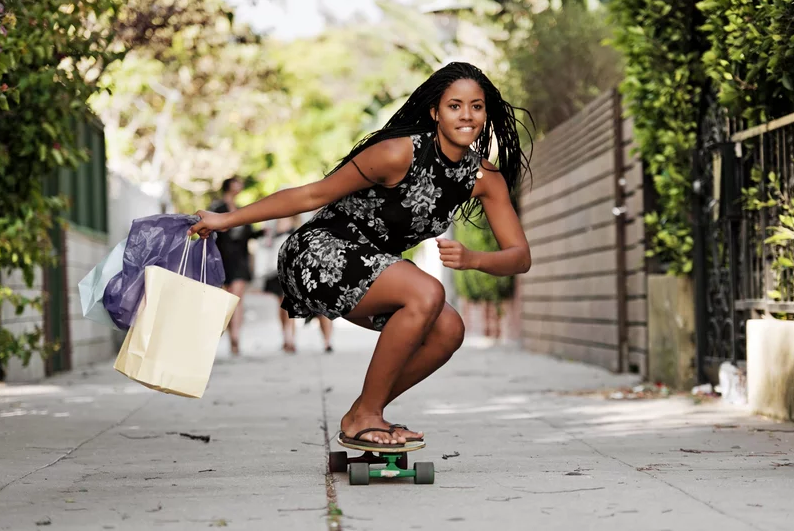Race-Ahead: A New Nielsen Report Puts Black Buying Power at $1.2 Trillion

A new report from Nielsen on the current buying power of consumers of color offers a fascinating look at how we’re spending our money. For one, we seem to be eating a lot of vegetables.
For another, we’re shaping markets.
In the report Black Dollars Matter: The Sales Impact of Black Consumers, the message is clear: While African Americans make up just 14% of the population, we are responsible for some $1.2 trillion in purchases annually. Further, consumers of color are showing an outsized influence in several key consumer categories, and are increasingly demanding that businesses do and be better.
In some cases, black consumers make up over 50% of overall spending, such as the category of dry grains and vegetables. But other categories are stand-outs as well, like baby food (42.76%) personal soap and bath needs (41.64%) and air fresheners and deodorizers (38.29%).
But the big takeaway is the willingness of smart brands to respond to the needs and feedback of black shoppers.
“Our research shows that Black consumer choices have a ‘cool factor’ that has created a halo effect, influencing not just consumers of color but the mainstream as well,” says Cheryl Grace, Senior Vice President of U.S. Strategic Community Alliances and Consumer Engagement, Nielsen. “These figures show that investment by multinational conglomerates in R&D to develop products and marketing that appeal to diverse consumers is, indeed, paying off handsomely.”
But don’t try to play if you’re not ready.
Nielsen’s research shows that 38% of African Americans between the ages of 18 and 34 and 41% of those aged 35 or older expect the brands they buy to support social causes, outpacing the total population by 4% and 15%, respectively. The data also shows that once black-themed products are leaving the “ethnic” aisle and finding a wider audience. But the process can be fraught, as charismatic Shea Moisture founder Richelieu Dennis discovered last year when a poorly conceived video advertisement rankled their core customers.
Andrew McCaskill, Nielsen’s Senior Vice President, Global Communications and Multicultural Marketing, and long-time diversity advocate, breaks it down. “With 43% of the 75 million Millennials in the U.S. identifying as African American, Hispanic or Asian, if a brand doesn’t have a multicultural strategy, it doesn’t have a growth strategy,” he says.
While this report is somewhat encouraging to some, it can be very misleading, because while Blacks are boasting about our $1.2 trillion in buying power, we are simultaneously experiencing a widening of the wealth gap.

As you can see by the above image, the disparity in wealth between Blacks and Whites is not narrowing but getting wider. Yes, some Blacks are experiencing financial success, but the vast majority of blacks are living at or below the poverty line. Below you can see how Black dollars are distributed throughout the Black population in the U.S.
Until we weaponize the Black dollar by creating a collective spending agenda that serves our interests and systematically enriches our people, our buying power will be more of a detriment than a sign of progress! ~ Rick Wallace, Ph.D., Psy.D.
Black History Flashcards
There is a need for us to invest heavily in the holistically education of Black youth, and these Black History Flashcards are a great place to begin. #blackhistory #blackhistoryflashcards #flashcards #educateblackyouth
https://store.urbanintellectuals.com/flashcards/aff/RickWallacePhD/


